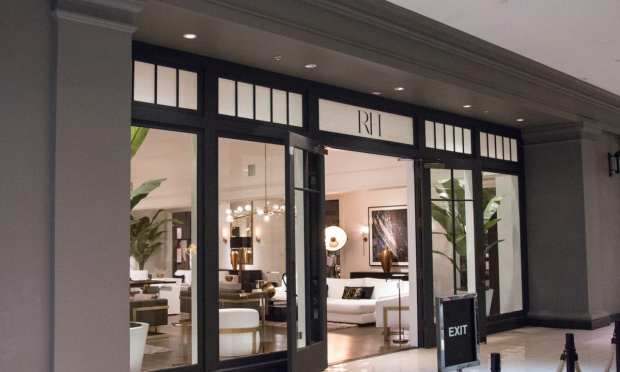Restoration Hardware CEO Says Difference Is ‘Plants Don’t Die In Our Stores’

If you’ve never been inside a Restoration Hardware location or listened in on an RH earnings call, you might not understand why this $15 billion furniture retailer has so differentiated itself from the pack that its stock has gone from $70 to $700 in the past four years.
In the wake of record earnings, 80 percent sales growth and industry-leading core customer demand that has doubled, CEO Gary Friedman told investors the best is yet to come, no matter what the competition or economy do.
“You should also rest assured that we have pressure-tested our business assumptions and risks, and are confident in our ability to maintain an adjusted operating margin in excess of 20 percent in just about any economic downside scenario we can envision,” Friedman said on the earnings call Wednesday afternoon (June 9), noting the company was also raising its Q2 and FY revenue growth targets.
“As it relates to our business model, what is often overlooked is the simplicity and low-risk nature of what we have built,” he added, before pointing to the furniture retailer’s non-exposure to seasonal inventory, its new membership model and its limited exposure to fashion risk.
“Our business is not driven by the fashion cycles found in retail models that require frequent discounting. The major trends that drive our business are tied to architecture and the dead,” Friedman said, noting the cycle of estate sales that feed antique markets that drive the high-end interior design market and finally the high-end reproduction market.
“If you want to know where the mid-century modern trend came from, do the math or visit a cemetery,” Friedman added.
Plants Don’t Die At RH
In outlining RH’s transformation of its legacy stores into new multi-dimensional and international “design galleries” that have doubled revenue and profitability in every market they have entered, Friedman described the locations as inspiring and disruptive rather than dark and dreary.
“This presents a conundrum for our competition who are closing or downsizing their stores while we build the largest specialty stores in the history of our industry,” he said, noting the huge competitive advantage that offers by enabling RH to acquire customers at a lower fixed cost versus digital advertising costs that can change daily.
“All you need to do is walk into a mall to notice most retail stores are archaic, windowless boxes that lack any sense of humanity. There’s generally no fresh air or natural light, plants die in most retail stores,” he said. “That’s why we don’t build retail stores, we create inspiring spaces that blur the lines between residential and retail, indoors and outdoors, home and hospitality.”
For example, RH locations include garden courtyards, roof-top parks, restaurants and wine bars. “Spaces that activate all of the senses, and spaces that cannot be replicated online,” he said.
Unmatched Confidence
To be sure, many have pondered how the pandemic-era nesting trend that drove record home furnishing activity the past 15 months will transition to the post-pandemic era, but Friedman laid any doubts to rest — at least as far as his company is concerned.
While conceding that 2021 will be “a tale of two halves” the uber-confident CEO said there were also many data points fueling his already substantial optimism, giving him reason to believe that RH’s strong performance will continue through the second half of the year and then reaccelerate in fiscal 2022 and beyond.
“These include a strong housing and renovation market, both with pent-up demand and a long tail, a record stock market, low interest rates and the reopening of several large parts of our economy,” he said, before referencing the great un-masking and Roaring ’20s type of consumer exuberance.
“Combine that with the largest new product introduction cycle in our history beginning this fall, and the launch of RH International next year, and fun it could be.”
